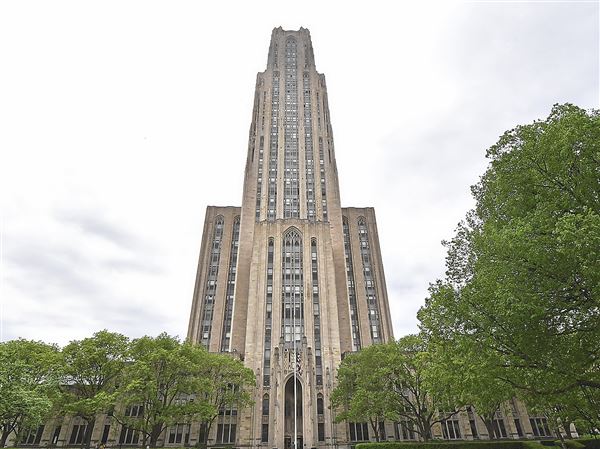Edison International's EME Homer City power plant has been fined $200,000 by the state for discharging excessive levels of selenium, suspended solids and wastewater on numerous occasions since 2001 in violation of the Pennsylvania Clean Streams Law.
The Department of Environmental Protection said the illegal water discharges from the 1,884 megawatt coal-fired power plant in Indiana County were linked to a smokestack "scrubber" system designed to reduce air emissions of sulfur dioxide, a major component of acid rain.
"Wastewater treatment facilities for the flue gas desulfurization units at the Homer City facility began operating October 2001, but problems developed shortly after that," DEP Southwest Regional Director Kenneth Bowman said. "The facility has exceeded the effluent standards of its permit numerous times between December 2001 and the present, and this pattern of violations has to be addressed."
The polluted effluents were discharged into unnamed tributaries of Two Lick, Blacklick and Cherry Run creeks. Selenium is a naturally occurring trace element that is present in the bituminous coal used at the power plant. But higher amounts are toxic to humans and other animals.
Mr. Bowman said Edison International has agreed to research treatment technologies that will allow the facility to comply consistently with its water effluent limits. He said those technologies, if successful, could benefit other power plants experiencing similar problems.
The consent agreement gives the power company almost five years to finally solve its water effluent problems under a new water discharge permit. That new permit is in draft form, and the public comment period remains open until July 23.
Charley Parnell, a spokesman for Edison International in Chicago, said the plant has made changes in its water treatment system and has been in compliance with its existing National Pollutant Discharge Elimination System permit for six months.
"We're hopeful the steps we've taken with the water treatment system will give us a permanent solution," said Mr. Parnell. "There's no way to guarantee it will hold up, but we are hopeful it will."
Scrubbers remove contaminants by forcing the flue gas through an absorber vessel before spraying it with a water slurry containing limestone. The resulting wastewater is treated with biological and chemical processes before being discharged into the receiving stream.
The discharged wastewater is required to meet the water quality standards set in the Clean Streams Law, DEP rules and regulations, and the discharge permit issued by the DEP to the facility.
Helen Humphreys, a DEP spokeswoman, said the water discharge issues at the Homer City power plant are an industry-wide problem caused because the "water treatment technology has not caught up with the scrubber technology."
She said the consent agreement provides the power company with an opportunity to work toward a technical solution for cleaning the streams.
First Published: July 14, 2007, 3:45 a.m.















